Cheongil Jogyeji Stairway (청일조계지 경계 계단)
9.5Km 2025-05-20
Seollin-dong, Jung-gu, Incheon
The border stairs of the Sino-Japanese Concession (an exclusive residential area set up for foreigners to live freely in ports opened for foreign trade) are located on a steep hill southwest of Jayu Park. It is a meaningful attraction with a history of about 120 years. The concession areas are divided into the Qing Dynasty concession on the left and the Japanese concession on the right with the stone stairs in the center. The buildings on the left and right clearly show each country's architectural styles and characteristics of the past.
Cafe Cha Chinatown Branch (카페 차 차이나타운점)
9.5Km 2024-01-04
20 Chinatown-ro 59beon-gil, Jung-gu, Incheon
This is the Chinatown branch of Cafe Cha, famous for its Dalgona Milk Tea in Seongsu-dong. In addition to the representative menu items, Dalgona Milk Tea and Dalgona Coffee, the café also offers signature blended teas with pretty names such as Dasichaeum (one more fill), Hyanggiroum (fragrant), Neogeureoum (merciful), and Singgeureoum (refreshing). It also has a variety of dessert menus, with the most popular dessert being Dalgona Butter Salt Bread. The café has a large parking lot, and customers can use it for 90 minutes free of charge.
Incheon Chinatown (인천 차이나타운)
9.5Km 2024-11-27
20 Chinatown-ro 59beon-gil, Jung-gu, Incheon
Incheon's Chinatown came into being with the opening of Incheon Port in 1883 and Incheon's designation as an extraterritoriality of the Ching dynasty in the following year. In the past, the area held many stores trading goods imported from China, but currently most Chinese businesses in the area are restaurants. Today, the residents of Chinatown are mostly 2nd or 3rd generation Chinese, descendents of the early Chinese settlers. The area harbors many of the flavors of China, while the traditional culture of the first generation is preserved.
Taehwawon (태화원)
9.5Km 2024-12-02
10 Chinatown-ro 59beon-gil, Jung-gu, Incheon
Now in its third generation, this Korean-Chinese restaurant, established in 1926, is one of the earliest in Incheon Chinatown and is renowned for preserving traditional flavors. Its signature Incheon Hyangto Jjajang (Incheon-style black bean sauce noodles) is crafted with the restaurant's own chunjang and seasonal ingredients, offering a richer, deeper taste than jjajangmyeon made with store-bought sauce. The restaurant also offers a vegetarian menu.
The Catholic Univ. of Kroea Incheon ST.Mary's Hospital (가톨릭대학교 인천성모병원)
9.5Km 2025-07-07
56 Dongsu-ro, Bupyeong-gu, Incheon
The Catholic University of Korea Incheon St. Mary’s Hospital was founded in 1955 as the first university hospital in the Incheon area. In 2018, we opened the country's first brain hospital with 204 beds. Today, with 24 departments, 31 clinical divisions, and 26 specialty centers, we are at the forefront of cutting-edge medicine in brain, cancer, heart, organ transplant, robotic surgery, and more.
We have excelled in a variety of areas of evaluation, as exemplified by the accreditation of the Ministry of Health and Welfare Healthcare Organization Accreditation, designation as the best hospital in the emergency medical center evaluation, the best hospital for stroke treatment, and the top rating in colorectal cancer care by the Korea Health Insurance Review and Assessment Service.
We boast a history of leading the adoption of cutting-edge equipment including:
2017: First university hospital in Incheon to introduce next-generation sequencing (NGS)
2018: First hospital in Korea to introduce MRIdian LINAC, a radiation cancer treatment machine
2019: Authorized to perform Transcatheter Aortic Valve Implantation (TAVI)
2020: Opened the Center for Genetic and Rare Diseases
2021: Introduced Halcyon 3.0, the latest 4th generation robotic surgery machine as the most advanced radiation cancer treatment machine
2023: Introduced SPECT-CT, Digital PET-CT and others
Gonghwachun (공화춘)
9.6Km 2024-01-04
43 Chinatown-ro, Jung-gu, Incheon
Gonghwachun, one of the Chinese restaurants in Chinatown, opened in 1905 and is famous as the birthplace of jjajangmyeon. The original Gonghwachun building is currently used as Jjajangmyeon Museum, and the current Gonghwachun main branch operates in a building that was founded in 2004. Among the various menus, Gonghwachun Jjajangmyeon is a must-try. This signature menu serves the noodles and the black bean sauce separately. The sauce contains a various ingredients cut in large bite-sized pieces, making it even more delicious. It also offers various course menu options, including lunch, couple, and family courses.
Simnihyang (십리향)
9.6Km 2024-02-16
50-2 Chinatown-ro, Jung-gu, Incheon
Simnihyang is a Chinese restaurant in Incheon Chinatown, renowned for its specialty in hwadeok mandu (oven-baked mandu). The restaurant's name suggests that the aroma of its mandu spreads up to 10 Ri (approximately 4 km, pronounced 'simni' in Korean) away. Its signature dish, hwadeok mandu, consists of mandus filled with pork, vegetables, and seasoning, baked in an oven at temperatures above 350 degrees. This preparation ensures the mandu is crispy on the outside and juicy on the inside. Additionally, the restaurant offers various other fillings, including sweet potatoes, pumpkin, and red beans.
Jjajangmyeon Museum (짜장면박물관)
9.6Km 2024-12-23
56-14 Chinatown-ro, Jung-gu, Incheon
Jjajangmyeon Museum is built in the former building of Gonghwachun, the official birthplace of jjajangmyeon, a food people of all ages love. Gonghwachun operated in this old-fashioned brick building until 1983, and the building was renovated as Jjajangmyeon Museum. It is the first jjajangmyeon-themed museum in Korea and consists of six permanent exhibition rooms and one special exhibition room. Visitors can see the birth and transformation of jjajangmyeon at a glance and the different types and recipes of jjajangmyeon. The special exhibition room presents exhibitions on a variety of topics every year. The reproduction of Gonghwachun’s original reception room and kitchen as well as the exhibition of how the metal delivery box changed over the years are also interesting.
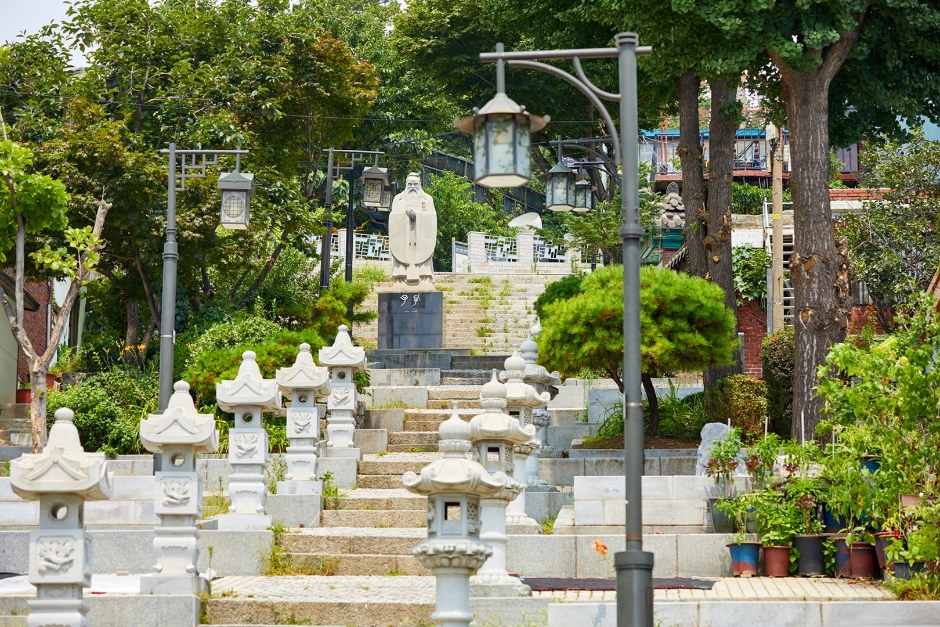
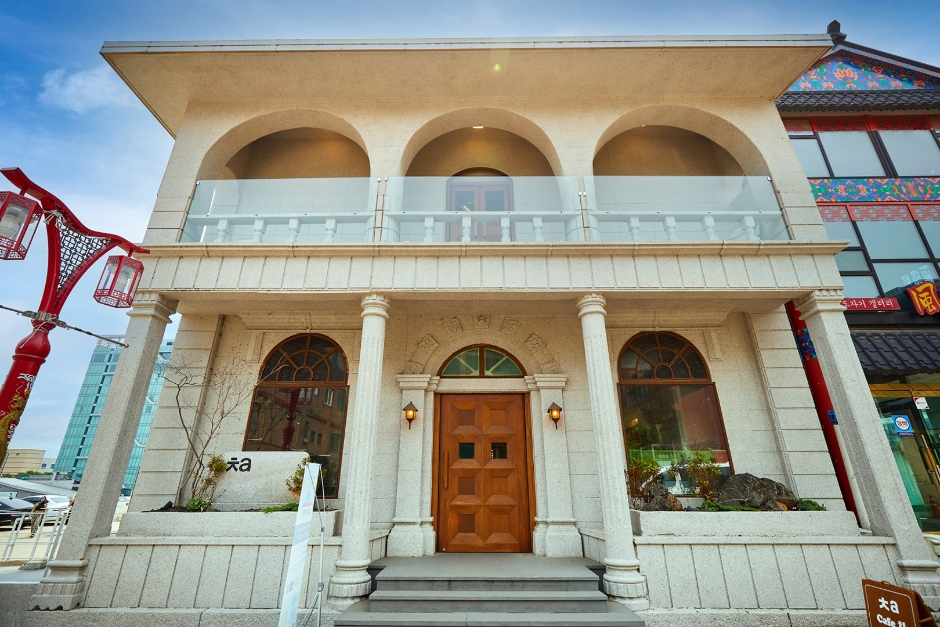

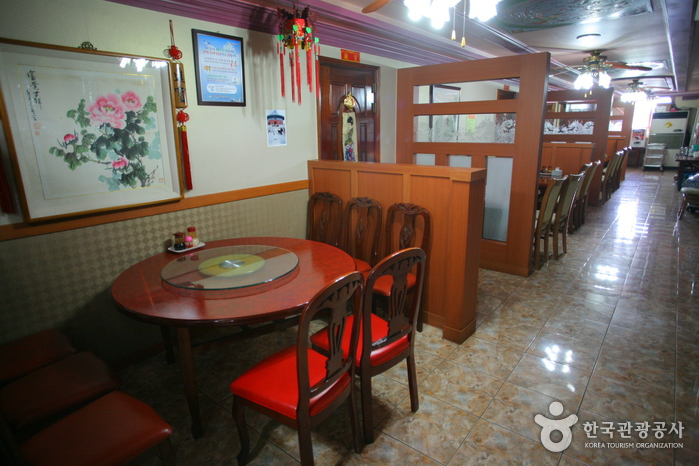

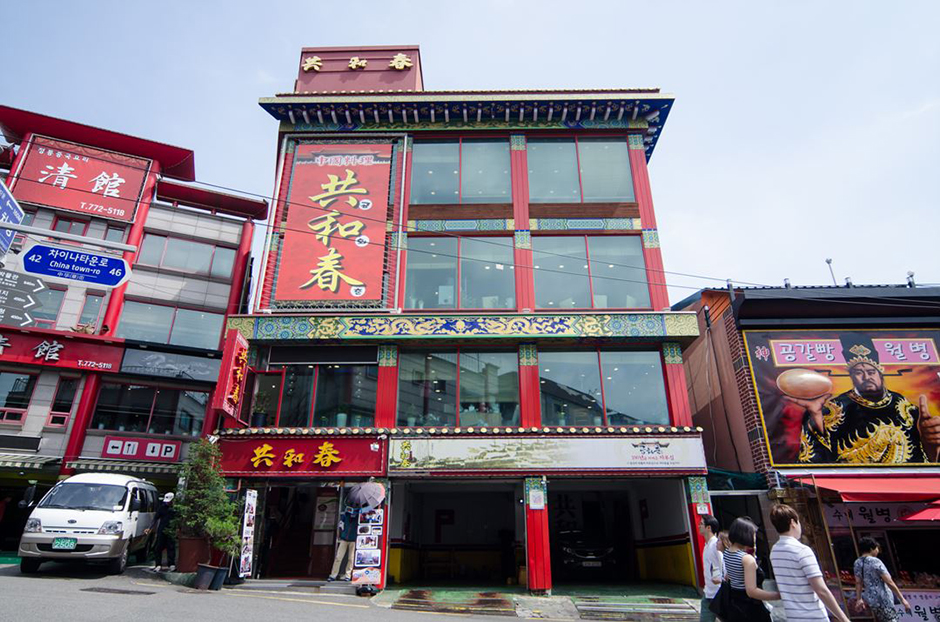
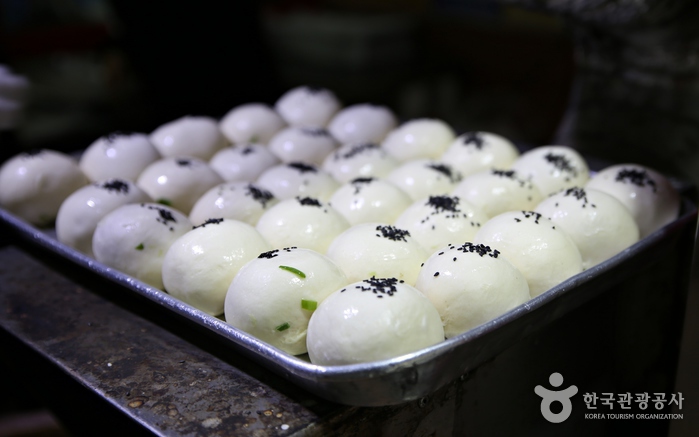
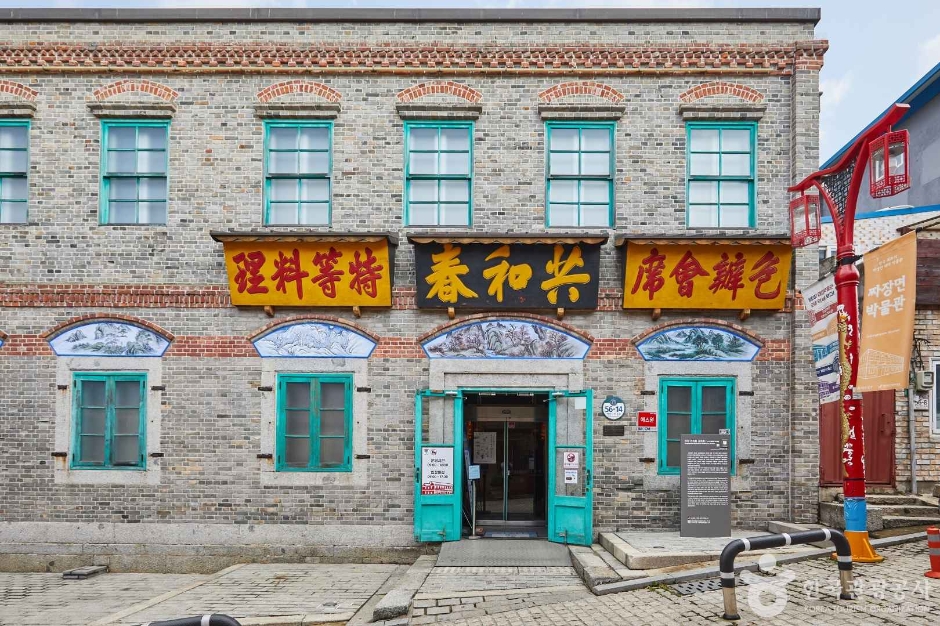
 English
English
 한국어
한국어 日本語
日本語 中文(简体)
中文(简体) Deutsch
Deutsch Français
Français Español
Español Русский
Русский